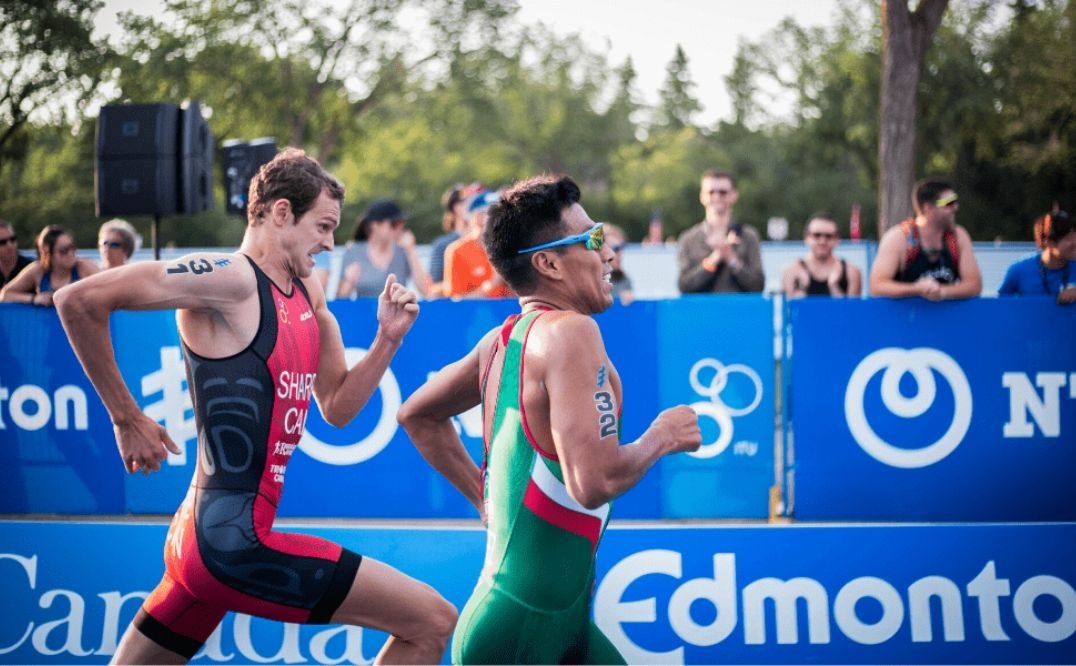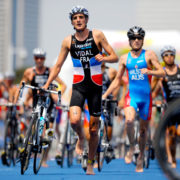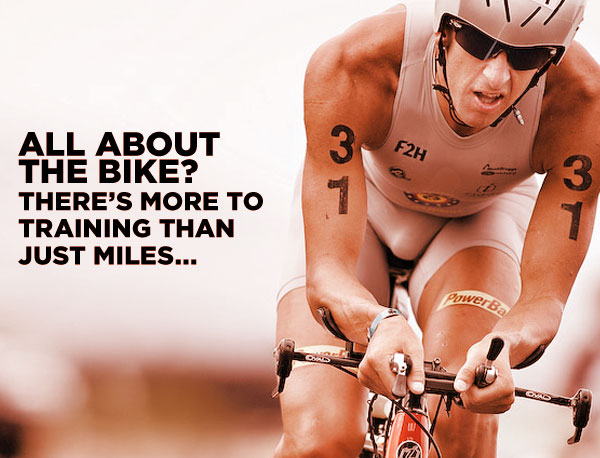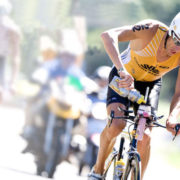MAXIMIZING BODY COMPOSITION

Let’s talk about a tricky subject …. Body Fat
When it comes to out and out endurance performance, there is no doubt that lighter is faster, most of the time. It’s why all elite marathon runners, fast climbing pro’ cyclists or winning Triathletes are lean and light. It’s called “power to weight” ratio. For example, if two cyclists can both produce 300 watts then the lightest one will get to the top of the hill fastest. It’s why the size of an athlete’s engine, the VO2 max, is measured against bodyweight …. “Volume of oxygen, per minute, per kilogram of body weight”. Big engines carrying the lightest load usually win.
So you would be forgiven for thinking that you need to hone your body weight and composition to be as light and lean as possible and that would be mostly true, BUT how far you take it depends on many factors…..
1. It depends on your performance goals. If you are in this to “finish’ then your needs are different than if you are in this to “win”. You don’t need to be quite so lean if you are not looking for that 1% gain.
2. Health is the important thing and not everyone can carry super low bodyfat percentages and maintain a healthy immune system. (Fact: most winners only hold race weight for a relatively short period of time).
3. Everyone is built differently and so what is possible for YOU might not be the same as someone else, so it’s about finding out what is optimal for YOU and you alone.
4. You have to consider the mental side of body composition and body-fat levels and understand that it is important to have a healthy outlook on how you are built and to avoid the black holes that you can fall in to where eating disorders rule your life.
5. Energy is critical and you have to fuel your performance engine. You need a wide variety of foods to supply all the macronutrients, vitamins and minerals you need to live a healthy and energetic life. When you reduce your calorific intake by too much your body will reduce its energy output, often leaving you feeling flat and tired.
6. You might find that as you increase training volume and intensity that your body automatically leans out without any changes to your basic healthy eating habits. If not, there are many HEALTHY things you can do. No matter what, consider optimizing your body composition as a long-term process. Take the time to learn how your body responds to training and what it’s energy needs are.
So ….. where do you start when you want to get leaner, yet maintain strength and energy, enjoy your food and keep your sanity?
The #1 thing that I suggest you do it to look at your PORTION SIZES. This is often the key shift that creates healthy, sustainable change. By simply making sure that your portions of each ingredient are the right size and in balance with each other, you can optimize energy and blood sugar. Use the portion guide shown here in order to make this work for YOU. There’s no need to count calories!

Once you have been doing that for a few weeks and started to see changes you can move on to the next stage …… consider keeping a food journal for just a few days to see what your habits are truly like. Where are the junk calories that don’t serve you? Seeing the pattern can allow you to make some simple changes. Start with these two simple things and see how far they take you. As always, if you need some pro’ help just reach out to me!











